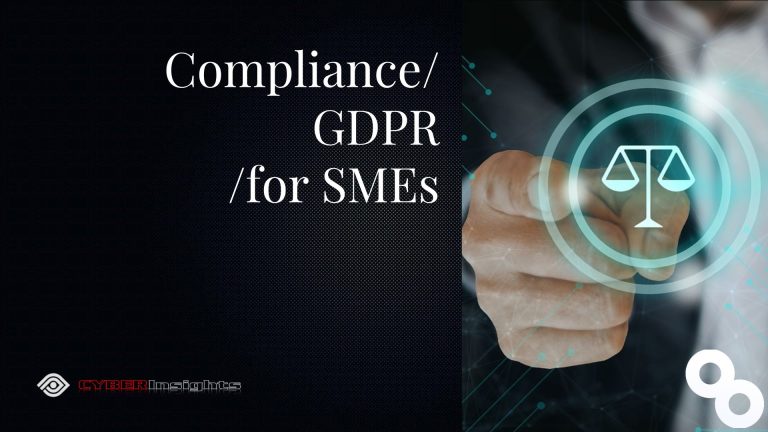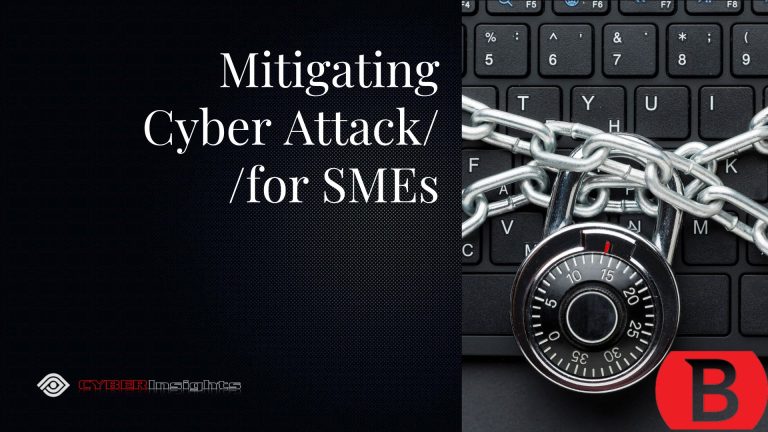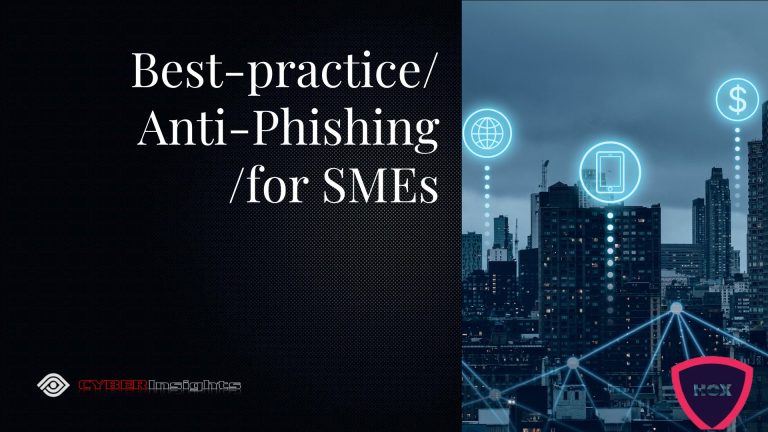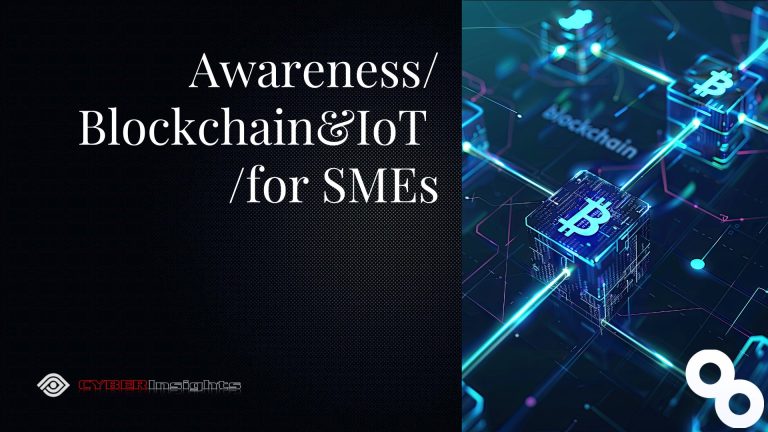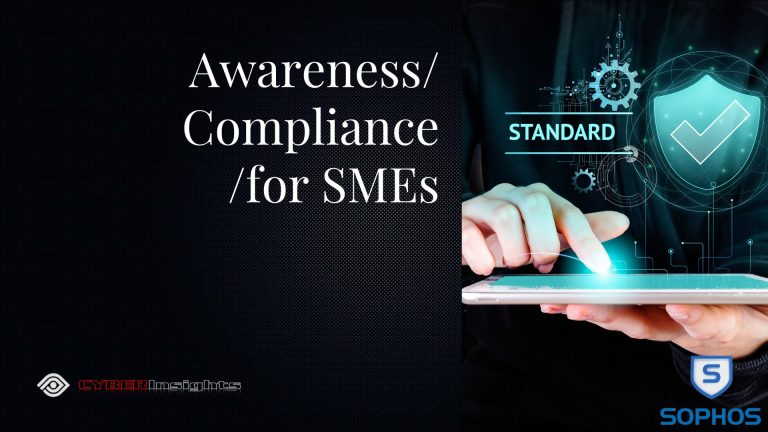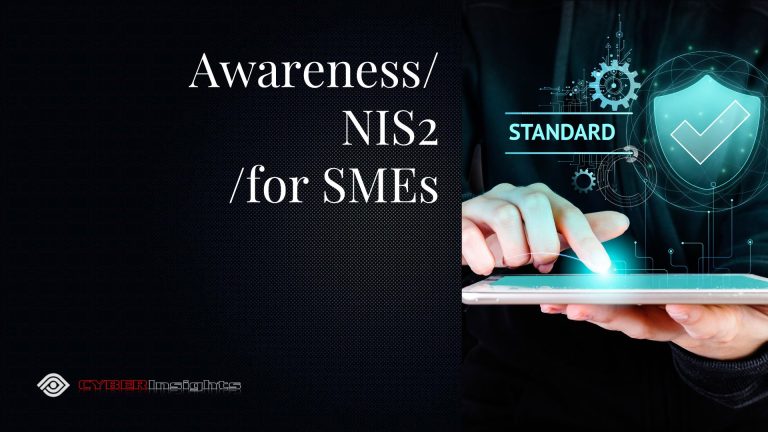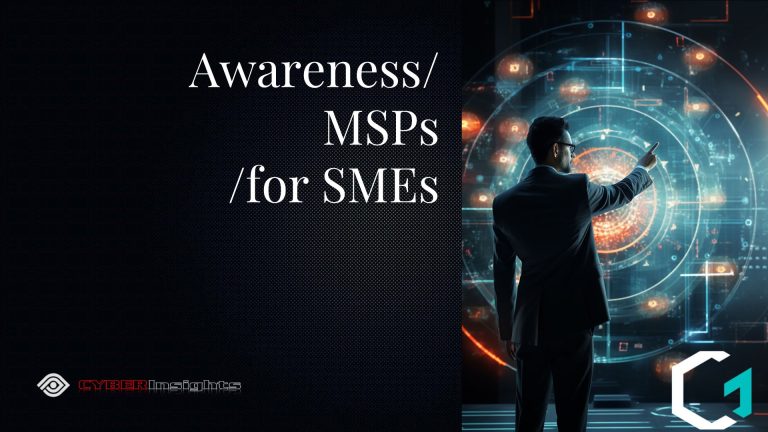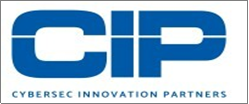DATA RECOVERY: Future-Proofing Against Cyber Threats – Innovations in Data Recovery Technology
April 25, 2025
Helping Keep Small Business CYBERSafe!
Gibraltar: Friday 25 April 2025 at 12:00 CET
DATA RECOVERY: Future-Proofing Against Cyber Threats – Innovations in Data Recovery Technology
By: Iain Fraser – Cybersecurity Journalist
Published in Collaboration with: R3 Data Recovery
SMECYBERInsights – The UK Small Business Cybersecurity Network
#SMECyberInsights #SMECyberSecurity #SMECyberAwareness #CyberSafe #SME #SmallBusiness #DataRecovery #R3DataRecovery
Introduction
In today’s digital landscape, data is the lifeblood of businesses—particularly for SMEs where losing critical information can mean the difference between continuity and closure. As cyber threats evolve in sophistication and frequency, traditional backup and recovery methods are no longer sufficient. This article explores cutting-edge innovations in data recovery technology that are helping businesses stay one step ahead of threats while ensuring business continuity when incidents occur.
The Evolving Threat Landscape
The cybersecurity landscape has transformed dramatically in recent years. Ransomware attacks have become more targeted, with threat actors specifically going after backup systems to prevent recovery. Zero-day exploits emerge with increasing regularity, and supply chain attacks compromise trusted software vendors. For small and medium businesses without dedicated security teams, these sophisticated threats present a significant challenge to data integrity and availability.
Beyond Traditional Backup: Next-Generation Recovery Solutions
Immutable Storage and Air-Gapped Backups
One of the most significant advances in data recovery is the implementation of immutable storage—backup systems that cannot be modified or deleted once written, even by administrators. This technology provides crucial protection against ransomware attacks that specifically target backup files.
Air-gapped backups take this protection further by physically or logically isolating backup systems from production networks. Modern solutions are implementing automated air-gapping, where backups are temporarily connected for updates before returning to isolation, balancing security with operational efficiency.
AI-Powered Recovery and Anomaly Detection
Artificial intelligence is revolutionising data recovery in multiple ways:
– Predictive analytics – can identify potential hardware failures before they occur, allowing for preventive measures
– Anomaly detection – can spot unusual file modifications or encryption activities that might indicate ransomware, triggering automatic isolation and recovery processes
– Intelligent recovery prioritisation – can analyse business processes to restore the most critical systems first, minimising downtime
These AI systems continuously learn from each recovery event, improving their effectiveness over time and reducing human intervention.
Instant Recovery Virtualization
Rather than waiting for complete data restoration, instant recovery virtualization allows businesses to spin up virtual machines directly from backup storage. This innovation enables operations to continue almost immediately while full recovery happens in the background—reducing downtime from days to minutes.
For SMEs where every hour of downtime translates to lost revenue, this technology dramatically improves resilience against both cyber attacks and system failures.
Cloud-Native Recovery Solutions
The shift to cloud and hybrid environments has driven innovations in cloud-native recovery solutions:
Cross-Cloud Recovery
Many businesses now implement multi-cloud strategies to avoid vendor lock-in and improve resilience. Modern recovery solutions support cross-cloud recovery, allowing data and applications to be recovered from one cloud provider to another in the event of a major outage or security breach.
Containerised Recovery
With the growing adoption of containerized applications, recovery solutions have evolved to provide container-aware backup and recovery. These solutions can protect containerized workloads across on-premises, hybrid, and multi-cloud environments while maintaining application consistency.
Automated Compliance Verification
For businesses in regulated industries, recovery solutions now include automated compliance verification to ensure that recovered systems meet regulatory requirements for data protection, privacy, and security without manual intervention.
Blockchain-Based Data Integrity
Blockchain technology is making inroads into data recovery by providing tamper-evident verification of backup integrity. By recording cryptographic hashes of backup data on blockchain networks, businesses can verify that backups haven’t been altered by attackers, providing an additional layer of security and confidence in recovery processes.
Cyber Resilience Through Data Protection
The most innovative aspect of modern data recovery is the integration of cybersecurity and data protection into a unified cyber resilience strategy. This approach includes:
Integrated Threat Detection
Recovery platforms now include threat detection capabilities that scan backups for malware, allowing businesses to recover to clean states rather than restoring infected files.
Automated Security Testing
Modern solutions can automatically test recovered systems for security vulnerabilities before bringing them online, preventing the reintroduction of security issues that might have contributed to the original incident.
Recovery Orchestration
Recovery orchestration platforms can automate the entire recovery process, from initial detection through to validation, ensuring that complex, interdependent systems are brought back online in the correct order and with proper security controls
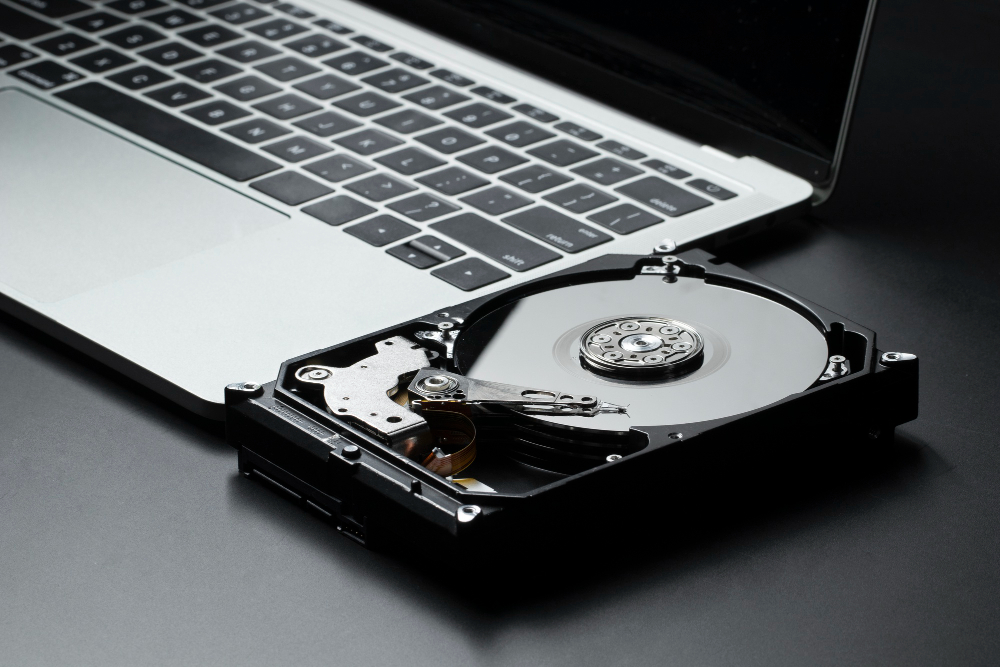
Practical Implementation for SMEs
While these innovations offer tremendous potential, implementing them requires careful planning:
Assessing Business Impact
Start by conducting a business impact analysis to identify critical systems and acceptable downtime windows. This assessment helps prioritise recovery efforts and investments.
Implementing a Tiered Approach
Not all data requires the same level of protection. Implementing a tiered recovery strategy allows businesses to apply the most advanced (and often most expensive) solutions to truly critical data while using more cost-effective approaches for less sensitive information.
Regular Testing and Validation
Even the most sophisticated recovery solutions fail if not regularly tested. Establish a schedule for recovery testing that validates both the technical functionality and the team’s ability to execute recovery procedures under pressure.
How R3 Data Recovery is Leading the Way
R3 Data Recovery has been at the forefront of implementing these innovations for UK SMEs. Their approach combines:
– Hybrid recovery solutions that blend on-premises and cloud technologies for maximum resilience
– AI-powered recovery prioritisation that minimises business disruption
– Immutable storage options to protect against ransomware
– Regular recovery simulations to ensure readiness
Their experts work with businesses to develop recovery strategies that balance cost, complexity, and risk, tailored to each organisation’s specific needs and regulatory requirements.
Conclusion
The future of data recovery is not just about restoring information—it’s about maintaining business continuity in the face of increasingly sophisticated threats. By leveraging innovations in immutable storage, AI-powered recovery, virtualization, and integrated security, businesses can develop recovery capabilities that serve as a fundamental component of their cyber resilience strategy.
As cyber threats continue to evolve, so too will recovery technologies. The organisations that thrive will be those that view recovery not as an IT function but as a business continuity imperative, investing in solutions that can adapt to tomorrow’s challenges while addressing today’s threats.
For SMEs looking to enhance their resilience against cyber threats, working with specialists like R3 Data Recovery who understand both the technical and business aspects of data protection is becoming not just advantageous but essential.
UK Small Business Owner? Join CYBERInsights Free Now! & Access the SME Cyber Forum – Read, Learn, Engage, Share …
The Latest SME Cybersecurity News, Threat Intelligence & Analysis, Timely Scam Alerts, Best-practice Compliance, Mitigation & Resources specifically curated for UK Based SMEs in a Single Weekly Email direct to your Inbox or Smart Device together with Unrestricted Free Access to our entire SME Cyber Knowledge & Tutorial Library.
Lost your data? Don’t panic. R3 can help! Real data recovery services from a real UK lab!
Data loss can happen at any time and can happen in the most unexpected ways. As long as your device hasn’t been stolen R3 can recover your data from the most unlikely disasters. From their wholly secure state of the art Recovery Lab they can deploy the very best data recovery service as quickly as possible. Their technicians are among the best in the sector and can recover lost data from hard drives, RAID arrays, Flash Memory devices like USB Memory Sticks, SD Cards and SSD hard drives. Their “clean room” lab facilities are beyond compare, reaching a class leading ISO 3 standard. If you have been the victim of a Ransomware Attack or Lost Valuable Data R3 data recovery provide cost-effective data recovery solution – Fast! #CyberInsights #CyberSecurity #CyberAttack #CyberAwareness #CyberSecurityAwareness #SME #SmallBusiness #SmallBusinessOwner #Ransomware #RansomwareRecovery #DataLoss #DataRecovery #R3


